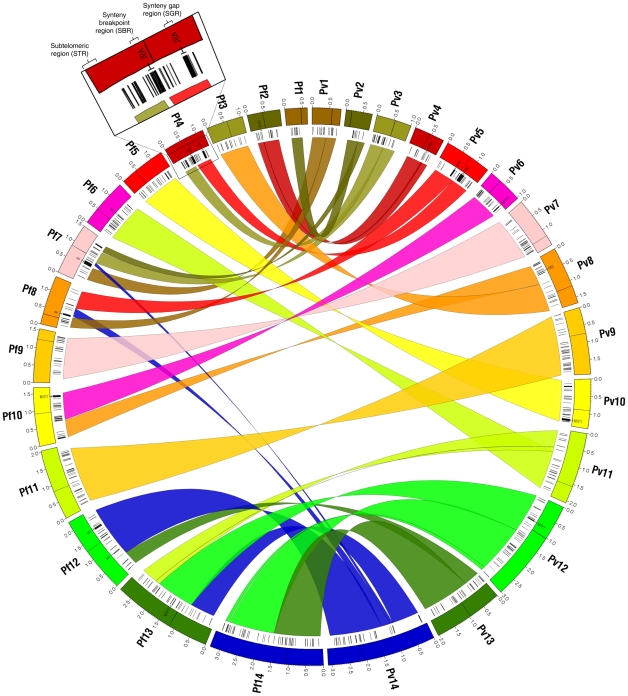Figure 4. P. falciparum and P. vivax share extensive synteny with hundreds of putative parasite-specific genes in chromosome-internal regions.
Outer segments depict the 14 nuclear chromosomes of P. falciparum (left semicircle, counter-clockwise) and P. vivax (right semicircle, clockwise). Each chromosome is assigned a different color. Ribbons indicate the 29 identified imperfect synteny blocks (28 non-nested and 1 nested) colored according to connected P. vivax chromosomes. Black tick marks underneath chromosomes indicate putative parasite-specific genes located at synteny gap regions (SGR) and synteny breakpoint regions (SBR) (see inset). Parasite-specific genes in subtelomeric regions (STRs) not shown. Text labels within chromosomes indicate parasite-specific genes mentioned in the text, including the newly identified putative MSP3 gene cluster on P. vivax chromosome 6. Black lines within chromosomes indicate putative centromeres. In both species, chromosome-internal regions contain hundreds of putative parasite-specific genes (388 in both species). Image created with Circos [56].

